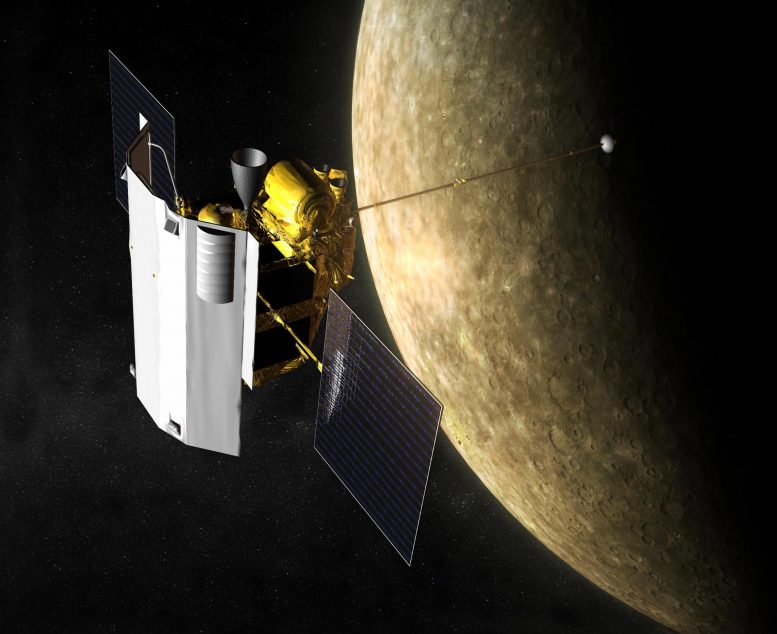
Artist impression of NASA MErcury Surface, Space ENvironment, GEochemistry, and Ranging MESSENGER spacecraft in orbit at Mercury. Credit: NASA/Johns Hopkins University Applied Physics Laboratory/Carnegie Institution of Washington
Researchers used NASA MESSENGER mission data to map chromium abundance on Mercury, discovering a significant amount in the planet’s large metallic core. This study, combining observational data with lab simulations of Mercury’s unique, oxygen-deficient formation conditions, offers new insights into the planet’s elemental composition and geological history.
The origin of Mercury, the closest planet to the sun, is mysterious in many ways. It has a metallic core, like Earth, but its core makes up a much larger fraction of its volume – 85% compared to 15% for Earth.
The NASA Discovery-class MESSENGER (Mercury Surface, Space Environment, Geochemistry and Ranging) mission, and first spacecraft to orbit Mercury, captured measurements revealing that the planet also strongly differs chemically from Earth. Mercury has relatively less oxygen, indicating that it formed from different building blocks in the early solar system. However, it has proven difficult to precisely pin down Mercury’s oxidation state from available data.
In a new study led by Arizona State University scientist Larry Nittler, of the School of Earth and Space Exploration, data acquired during the MESSENGER mission were used to measure and map the abundance of the minor element chromium across Mercury’s surface.
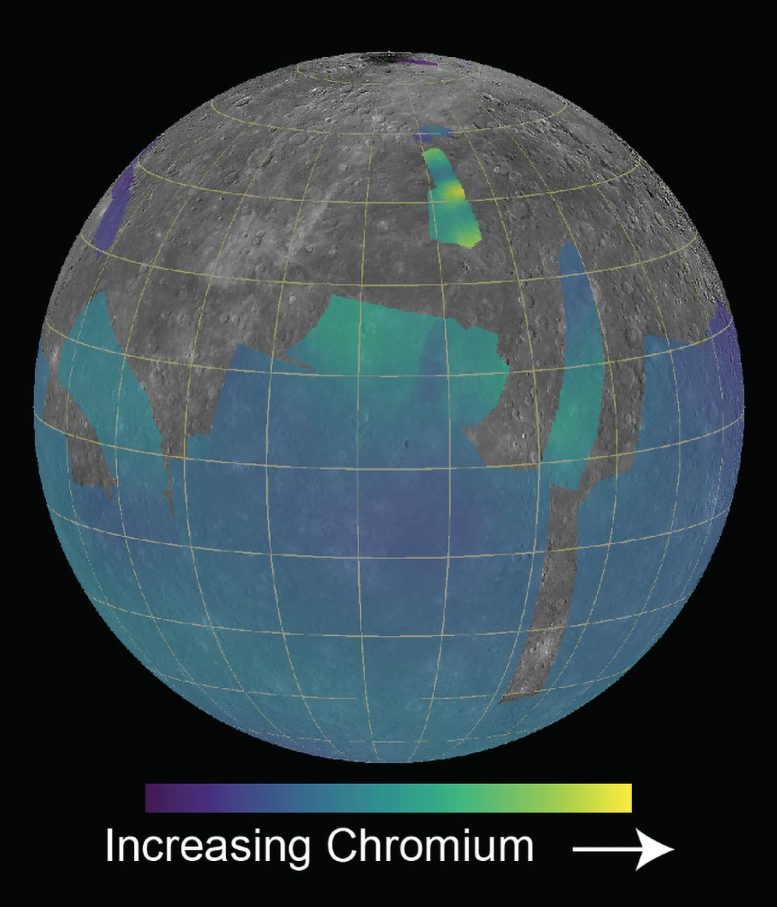
Color-coded chromium abundance map overlain on MESSENGER image of Mercury. Credit: Image courtesy Larry Nittler/ASU
Chromium is commonly known for being extremely shiny and resistant to corrosion on metal work, and it gives color to rubies and emeralds. But it also can exist in a wide range of chemical states, so its abundance can provide information about the chemical conditions under which it was incorporated into rocks.
Nittler and collaborators found that the amount of chromium varies across Mercury by a factor of about four. They calculated theoretical models of how much chromium would be expected to be present at Mercury’s surface as the planet separated into a crust, mantle and core under varying conditions. By comparing these models with the measured chromium abundance, the researchers found that Mercury must have chromium in its large metallic core, and they were able to put new limits on the overall oxidation state of the planet.
The work appears in the July issue of Journal of Geophysical Research Planets.
“This is the first time that chromium has been directly detected and mapped across any planetary surface,” Nittler said. “Depending on the amount of available oxygen, it likes to be in oxide, sulfide, or metal minerals, and by combining the data with state-of-the-art modeling, we can glean unique insights into the origin and geological history of Mercury.”
Co-author Asmaa Boujibar, of Western Washington University, who performed the modeling described in the paper, added: “Our model, based on laboratory experiments, confirms that the majority of chromium in Mercury is concentrated within its core. Due to the unique composition and formation conditions of Mercury, we cannot directly compare its surface composition with data obtained from terrestrial rocks. Therefore, it is essential to conduct experiments that simulate the specific oxygen-deficient environment in which the planet was formed, distinct from Earth or Mars.”
In the study, Nittler, Boujibar, and their co-authors compiled data from laboratory experiments and analyzed the behavior of chromium under varying oxygen abundances in the system. They subsequently developed a model to investigate the distribution of chromium among the different layers of Mercury.
The findings demonstrate that, similar to iron, a substantial portion of chromium is indeed sequestered within the core. The researchers also observed that as the planet becomes increasingly oxygen-deficient, a larger amount of chromium is concealed within its interior. This knowledge significantly enhances our understanding of the elemental composition and geological processes at play within Mercury.
Reference: “Chromium on Mercury: New Results From the MESSENGER X-Ray Spectrometer and Implications for the Innermost Planet’s Geochemical Evolution” by Larry R. Nittler, Asmaa Boujibar, Ellen Crapster-Pregont, Elizabeth A. Frank, Timothy J. McCoy, Francis M. McCubbin, Richard D. Starr, Audrey Vorburger and Shoshana Z. Weider, 20 June 2023, Journal of Geophysical Research Planets.
DOI: 10.1029/2022JE007691


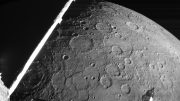

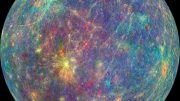

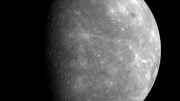
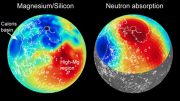

Be the first to comment on "Mercury’s Metallic Mystery: NASA’s MESSENGER Mission Decodes Chromium Clues"